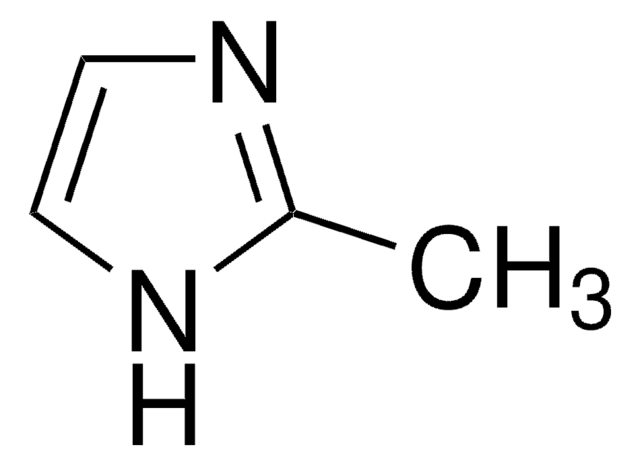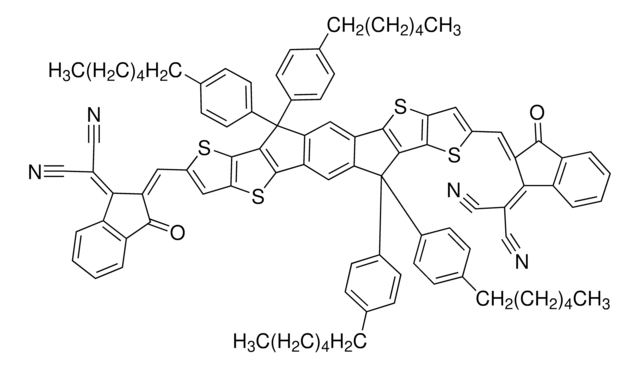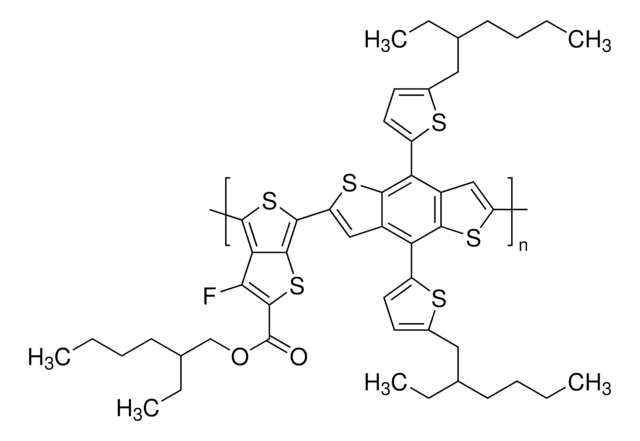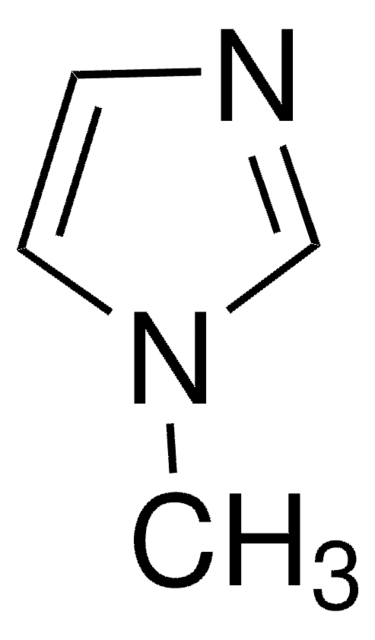935719
Cobalt(II) nitrate hexahydrate
≥99.9% trace metals basis
Sinonimo/i:
Cobalt Nitrate Hexahydrate, Cobalt dinitrate hexahydrate, Cobaltous nitrate, Cobaltous nitrate hexahydrate, Nitric acid, cobalt(II) salt
About This Item
Prodotti consigliati
Livello qualitativo
Saggio
≥99.9% trace metals basis
Forma fisica
powder, crystals or granules (Chunks)
Caratteristiche più verdi
Design for Energy Efficiency
Learn more about the Principles of Green Chemistry.
sustainability
Greener Alternative Product
Colore
faint red to very dark red
Punto di fusione
55 °C (lit.)
Solubilità
soluble, clear to slightly hazy
Categoria alternativa più verde
Stringa SMILE
O.O.O.O.O.O.[Co++].[O-][N+]([O-])=O.[O-][N+]([O-])=O
InChI
1S/Co.2NO3.6H2O/c;2*2-1(3)4;;;;;;/h;;;6*1H2/q+2;2*-1;;;;;;
QGUAJWGNOXCYJF-UHFFFAOYSA-N
Cerchi prodotti simili? Visita Guida al confronto tra prodotti
Descrizione generale
Applicazioni
It has also been used as a primary precursor material in the synthesis of Co3O4 nanocrystals in various shapes such as nanosheets, nanocubes, and nanobelts as a catalyst for methane combustion.
Furthermore, the reaction of Cobalt(II) nitrate hexahydrate with Nickel(II) nitrate hexahydrate produces Nickel-cobalt layered double hydroxide nanosheets in presence of methanol and CTAB, which is used as a high-performance electrocatalyst for oxygen evolution.
In addition, Cobalt(II) nitrate hexahydrate precursor powder is calcined to produce Co3O4 nanotubes using the template synthesis method. The Co3O4 nano-tubes, nanorods, and nanoparticles that have been created are used in gas sensing systems and as anode materials for Li-ion batteries
Cobalt hydroxide and layered double hydroxides (CH@LDH) have been synthesized using Cobalt(II)nitrate hexahydrate as a sulfur host for lithium–sulfur batteries.
It is well studied that, Cobalt(II) nitrate hexahydrate is used as a heterogeneous catalyst Co/SiO2 with Silica support, for Fischer−Tropsch Synthesis.
Cobalt(II) Nitrate Hexahydrate is also used as a catalyst for the synthesis of 5-Carboxanilide-dihydropyrimidinone derivatives by the condensation reaction of acetoacetanilide, aldehyde and urea/thiourea.
Avvertenze
Danger
Indicazioni di pericolo
Consigli di prudenza
Classi di pericolo
Acute Tox. 4 Oral - Aquatic Acute 1 - Aquatic Chronic 1 - Carc. 1B Inhalation - Eye Dam. 1 - Muta. 2 - Ox. Sol. 2 - Repr. 1B - Resp. Sens. 1 - Skin Sens. 1 - STOT RE 2 Inhalation
Organi bersaglio
Lungs
Codice della classe di stoccaggio
5.1B - Oxidizing hazardous materials
Classe di pericolosità dell'acqua (WGK)
WGK 3
Punto d’infiammabilità (°F)
Not applicable
Punto d’infiammabilità (°C)
Not applicable
Scegli una delle versioni più recenti:
Certificati d'analisi (COA)
Ci dispiace, ma al momento non ci sono COA disponibili online per questo prodotto.
Se ti serve aiuto, non esitare a contattarci Servizio Clienti
Possiedi già questo prodotto?
I documenti relativi ai prodotti acquistati recentemente sono disponibili nell’Archivio dei documenti.
Il team dei nostri ricercatori vanta grande esperienza in tutte le aree della ricerca quali Life Science, scienza dei materiali, sintesi chimica, cromatografia, discipline analitiche, ecc..
Contatta l'Assistenza Tecnica.













